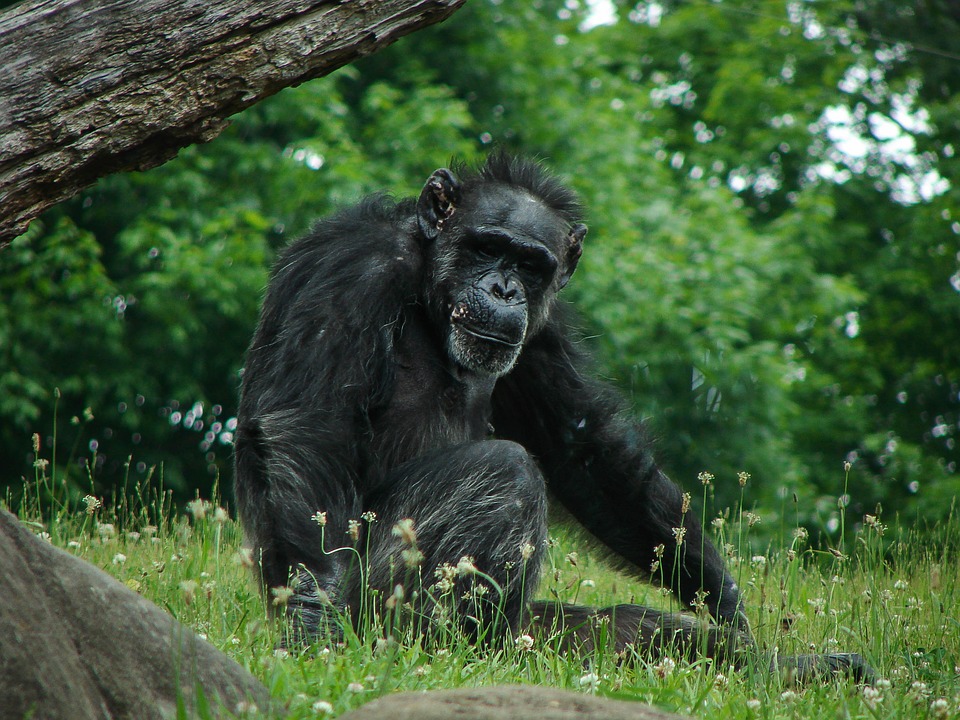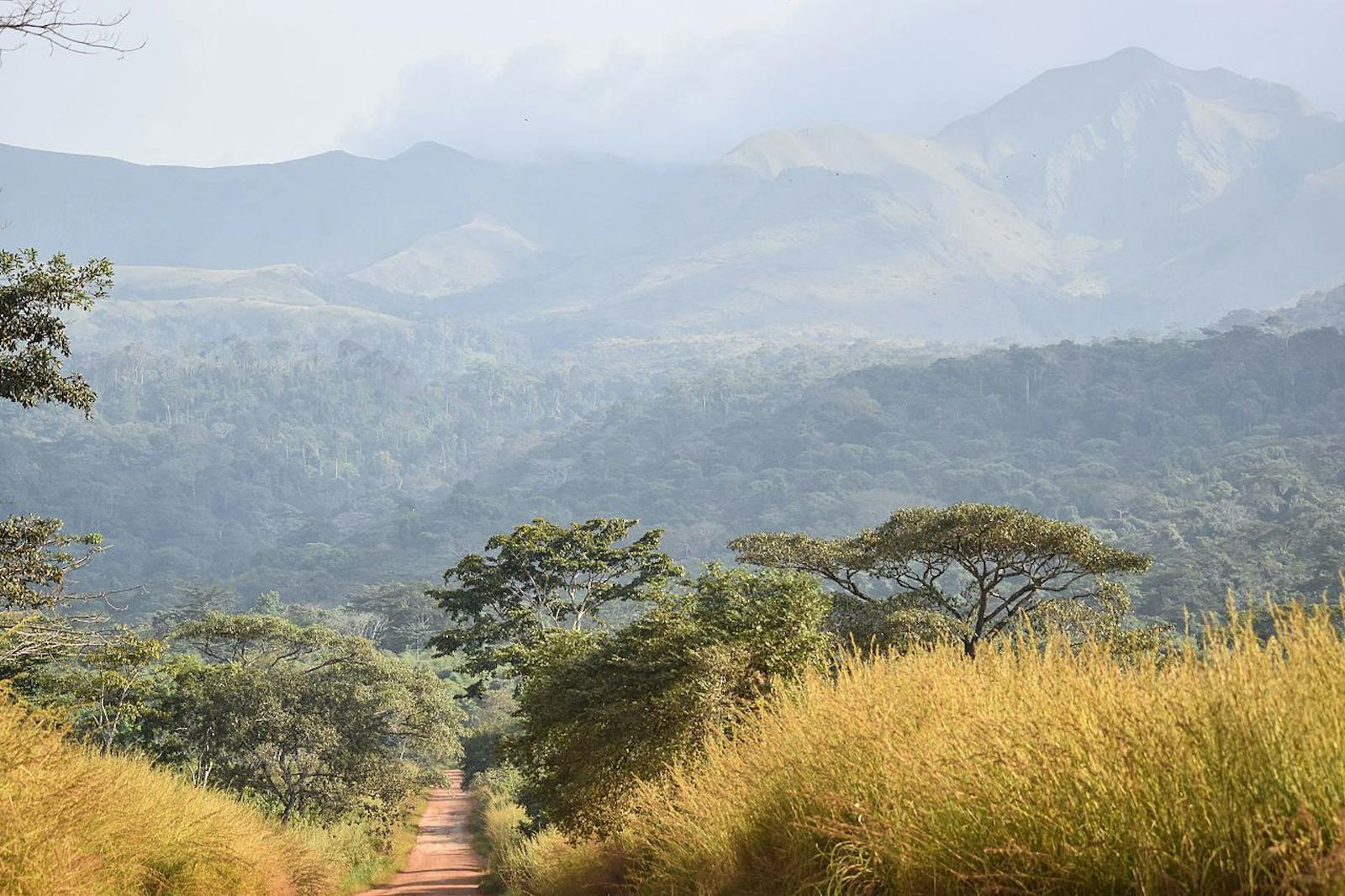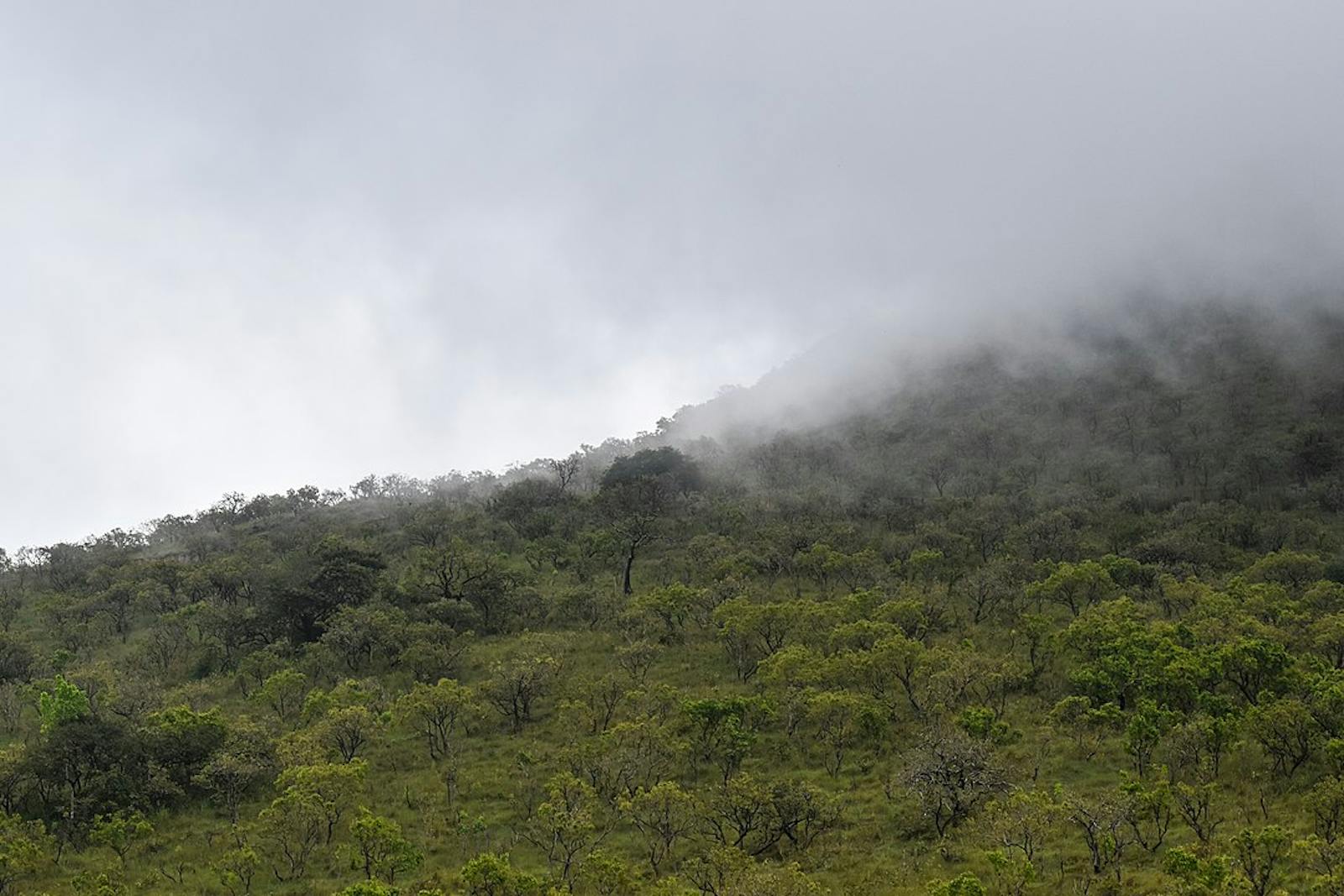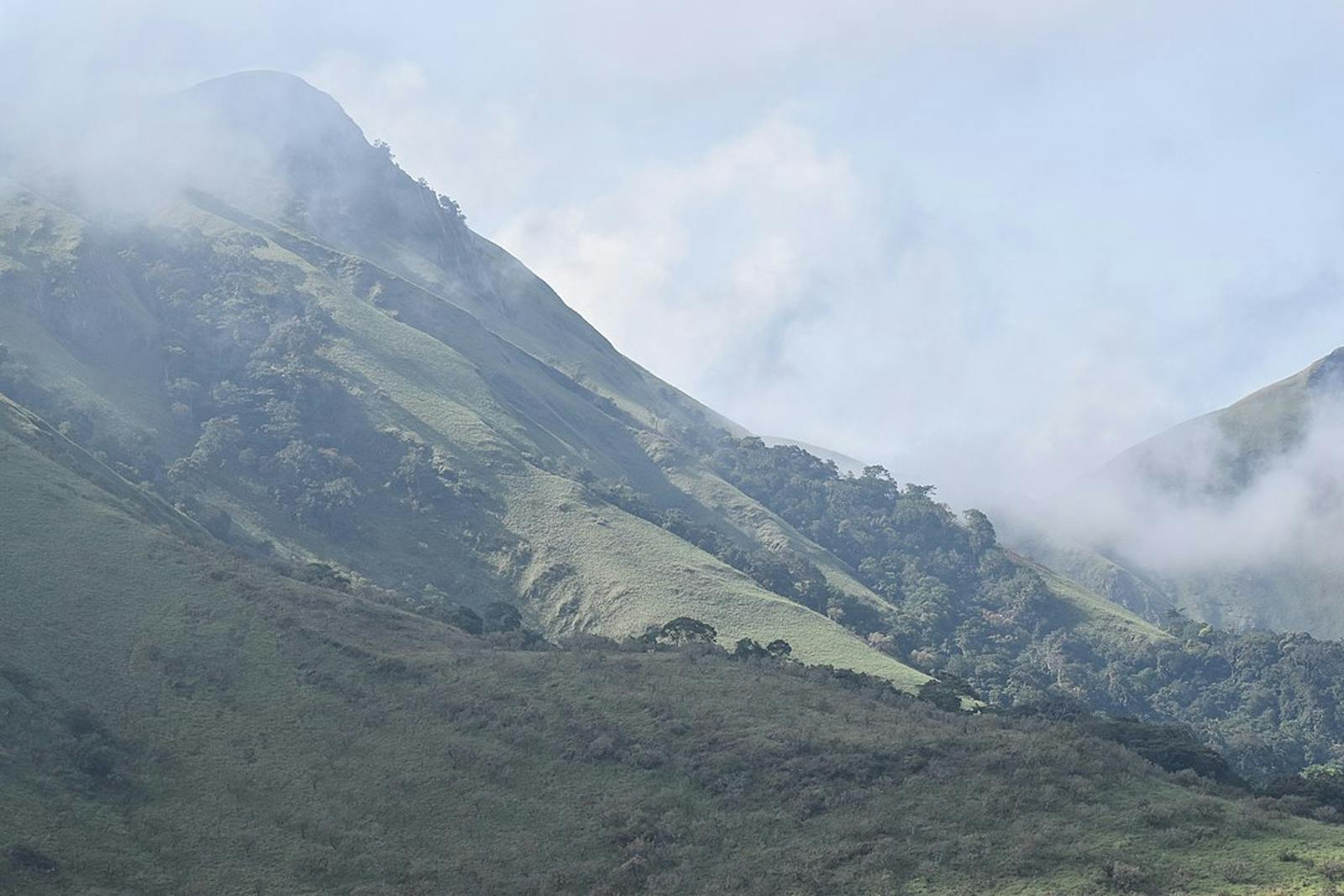Guinean Montane Forests
The ecoregion’s land area is provided in units of 1,000 hectares. The protection goal is the Global Safety Net (GSN1) area for the given ecoregion. The protection level indicates the percentage of the GSN goal that is currently protected on a scale of 0-10.
Bioregion: West African Coastal Forests & Savanna (AT19)
Realm: Afrotropics
Ecoregion Size (1000 ha):
3,112
Ecoregion ID:
14
Conservation Target:
38%
Protection Level:
9
States: Côte d’Ivoire, Guinea, Liberia and Sierra Leone
The Guinean Montane Forests ecoregion consists of an array of peaks and plateaus at high elevations that are distinguishable against a backdrop of surrounding lowland forests and savannas. It is home to the critically endangered western chimpanzee, particularly on Mount Loma where high densities have been reported, and to leopards, the largest predator in the ecoregion.
The ecoregion spreads across four countries, from Guinea to Côte d’Ivoire. Bintumani Peak on Loma Mountain (1,947 m) is the highest peak west of Mount Cameroon. Several other mountains reach heights between 1,860 and 1,387 m, but are characterized by rounded peaks due to millions of years of erosion and weathering. Soils are generally infertile, and some are rich in mineral deposits such as iron ore on Mount Nimba and the Fouta Djallon Plateau. Most major rivers in West Africa have their origins within the Guinean Montane Forests. A Niger River tributary, for example, originates in the Loma Mountains.

The flagship species of the Guinean Montane Forests ecoregion is the western chimpanzee. Image credit: Creative Commons
Annual rainfall ranges between 1,600–2,400 mm, with considerable variation between the southern side of the mountains, which face the Atlantic Ocean, and the northern slopes in the rain-shadow, which are also subjected to the dry seasonal Harmattan winds blowing from the Sahara Desert between November and March. Temperatures vary widely with maximum temperatures reaching 33ºC while minimum temperatures can fall below 10ºC.
At mid-altitudes (above 1,000 m), forest is often shrouded in clouds, resulting in a proliferation of epiphytes. The forest habitats of Mount Nimba, for example, are dominated by Parinari excelsa, Gaertnera paniculata, Garcinia polyantha, and Syzygium staudtii. With increasing altitude on the mountains, forests change to grassland intermixed with bamboo, wetlands, and gallery forests. On Mount Loma, the gallery forests also contain Anthonotha macrophylla, Pseudospondias microcarpa, Allanblackia floribunda, and Musanga cecropioides.
The diversity and endemism of the flora and fauna of Mount Nimba is well known, but many other parts of this ecoregion remain poorly known biologically. Within the ecoregion, 35 endemic plants including 11 paleoendemics (species that were formerly widespread but are now restricted to a smaller area) have been recorded. Studies of the Loma Mountains have catalogued 1,576 plant species and nine of these are endemic to this mountain.
The ecoregion is also rich in fauna and includes four mammals which are either strict endemics, or narrowly shared with the surrounding lowland habitats. These are the Mount Nimba otter shrew, two species of white-toothed shrew and a species of leaf-nosed bat. Avifaunal diversity is high and includes the endemic white-eyed prinia which is found only in the gallery forests of the Guinea Highlands at 700 m to 1,550 m. The presence of the rare white-necked picathartes has also been confirmed in the Loma Mountains, Mount Nimba, and Mount Peko.
Some of the mountain zones remain largely untouched, while others have been severely degraded and fragmented including habitats on Mount Nimba and Fouta Djallon. This ecoregion is not well protected, however, there are numerous small forest reserves in the highland areas of Guinea as well as the Massif du Ziama which is a biosphere reserve and a World Heritage Site. The Loma Mountains have more recently been designated as a national park. Despite the various designations of Mount Nimba as a strict nature reserve, World Heritage Site and biosphere reserve, mining for iron ore is still occurring.
Mining, fires and deforestation for agriculture are considered the principle threats in this ecoregion. Mount Nimba contains massive deposits of high-grade iron ore, making it the target of extensive mining operations in the past. On the Liberian side of Mount Nimba, a multinational mining operation has caused enormous damage to the forests. Mining operations were halted for 10 years during the Liberian civil war, however, since the end of the war, mining activities have resumed.
A high population density and man-made fires have caused considerable deforestation in the Fouta Djallon resulting in the forests transformation into grassland. The Loma Mountains were in good condition in the early 1990s, however, during the civil war in Sierra Leone, information on the Loma Mountains and Tingi Hills was lacking. Since the war’s end in 2002, many important wildlife surveys have been carried out including a chimpanzee study by Tweh and colleagues.
The priority conservation actions for the next decade will be to: 1) Increase investment into and the creation of protected areas; 2) conduct ecological investigations and monitoring of poorly known sites; and 3) develop management plans for national parks and reserves which engages with communities and helps them to manage their forest resources sustainably.
Citations
1. Critical Ecosystem Partnership Fund. 2015. Ecosystem Profile: Guinean Forests of West Africa Biodiversity Hotspot.
2. Tweh, C.G., Lormie, M.M., Kouakou, C.Y., Hillers, A., Kühl, H.S. and Junker, J. 2015. Conservation status of chimpanzees Pan troglodytes verus and other large mammals in Liberia: a nationwide survey. Oryx. 49(4), pp.710-718.
3. Sandberger-Loua, L., Doumbia, J. and Rödel, M.O. 2016. Conserving the unique to save the diverse—identifying key environmental determinants for the persistence of the viviparous Nimba toad in a West African World Heritage Site. Biological Conservation. 198, pp.15-21.








